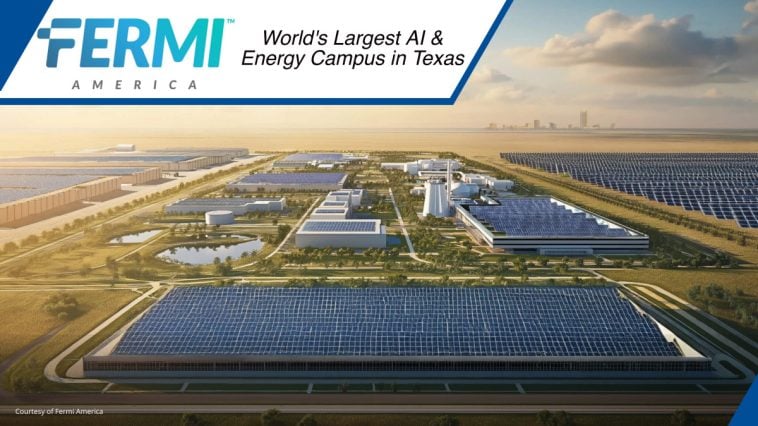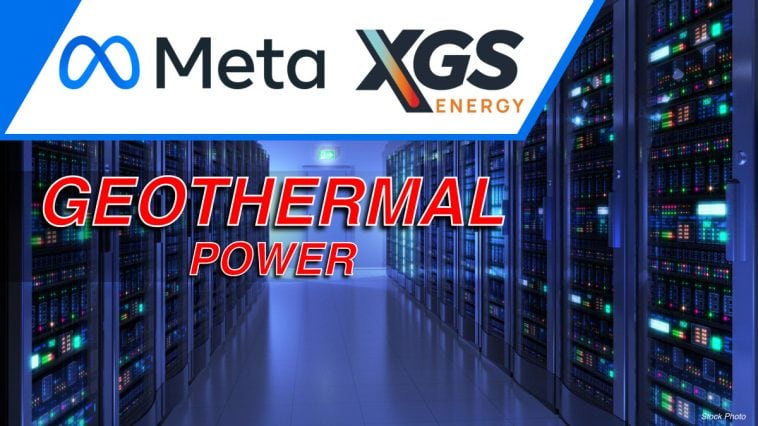The onshoring of battery manufacturing for EVs started as a small trend during the COVID-19 pandemic, eventually escalating into a major industrial shift.
In 2019, the U.S. had just two operational battery factories and another two under construction. Today, there are around 34 planned, under construction, or operational battery factories in the country.
The U.S. Inflation Reduction Act (IRA), signed by President Joe Biden on August 16, 2022, wasn’t the sole trigger behind this trend. However, it significantly accelerated the process, spurring a surge in factory projects and igniting a climate tech competition with the EU. Two years later, the fallout continues to shape the landscape.
For a long time, China dominated the lithium-ion battery supply chain. But after automakers faced severe disruptions due to the chip shortage during the pandemic, they began committing to localize the production of EVs and batteries in 2021.
This has led to a wave of commitments from both domestic and international automakers and battery manufacturers, all promising to manufacture batteries in North America before 2030.
The Impact of the IRA
A key driver of the surge in domestic EV battery production is the IRA’s incentives for automakers and consumers to support U.S.-based manufacturing. The policy seeks to reduce U.S. dependency on China for batteries while advancing President Biden’s goal to have 50% of all new vehicle sales be electric or hybrid by 2030.
Under the IRA, vehicles can qualify for the full $7,500 EV tax credit if they meet specific battery sourcing and production criteria. For instance, 60% of the value of battery components must be produced or assembled in North America by 2024 to qualify for half of the tax credit, with that requirement increasing to 100% by 2029. Similarly, 50% of critical battery materials must be sourced from the U.S. or a free trade agreement country in 2024, rising to 80% in 2027.
Additionally, the IRA offers manufacturing credits for producing battery cells and modules. Under Section 45X, producers receive $35 per kilowatt-hour of battery cell capacity and $10 per kilowatt-hour for modules. There are also 10% reimbursements for the production costs of electrode active materials like cathodes and anodes.
Collectively, automakers and battery manufacturers have pledged around $112 billion towards building domestic cell and module production facilities, which could deliver an annual capacity of 1,200 gigawatt-hours by 2030—enough to power approximately 18 million EVs.
Evolving Landscape
Investment into the U.S. battery production ecosystem continues to change, as manufacturers adapt to new policies and market demands. Major automakers such as Ford, GM, BMW, and Hyundai are making significant strides to establish local battery manufacturing, while other companies like Tesla are expanding their production capabilities.
This trend isn’t just a boon for the battery sector; the IRA has helped fuel a broader clean energy and technology manufacturing surge, with $245 billion in private investments into clean energy technology reported by Atlas Public Policy.
To keep track of the evolving developments, TechCrunch has created a map that shows the location of battery factories, as well as more detailed breakdowns of each automaker’s investments in domestic production. Below is a summary of where EV batteries are being produced and planned across North America.
Automakers and Battery Makers
Here’s a look at some of the automakers and battery makers that are leading the charge to establish EV battery production in North America:
- BMW: The German automaker announced a $1.7 billion investment to prepare its Spartanburg, South Carolina plant for EV production. A battery assembly facility in nearby Woodruff is expected to begin production by the end of 2026.
- Ford: In a joint venture with South Korea’s SK On, Ford is building three battery plants in Kentucky and Tennessee, with plans to begin production in 2025. Ford is also developing a lithium-iron-phosphate plant in Michigan.
- General Motors: GM, in collaboration with LG Energy Solutions, aims to establish three battery plants in the U.S. through a joint venture called Ultium Cells, which recently rebranded. GM is also investing in lithium-iron-phosphate (LFP) battery technology to lower EV production costs.
- Tesla: Tesla’s Gigafactory Nevada, which began production in 2017, continues to be a major player, having produced more than 7.3 billion battery cells to date.
- Stellantis: Stellantis and Samsung SDI are building a joint venture EV battery factory in Indiana, with a second factory slated to open in 2027. Stellantis is also investing in battery production in Windsor, Ontario, through a partnership with LG Energy Solution.
This ongoing investment wave is reshaping North America’s role in the global EV battery supply chain, establishing the region as a future powerhouse for EV battery production.












